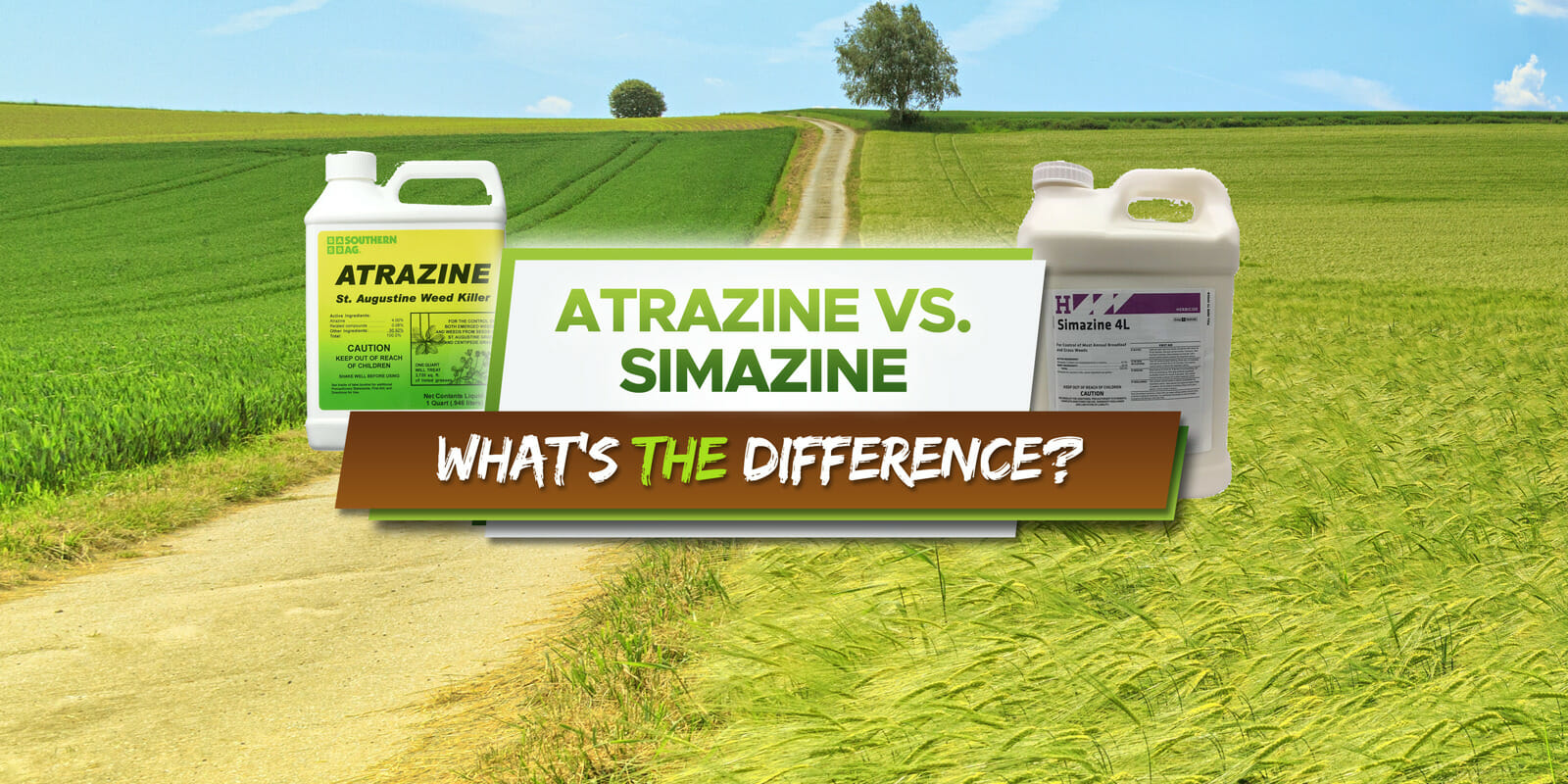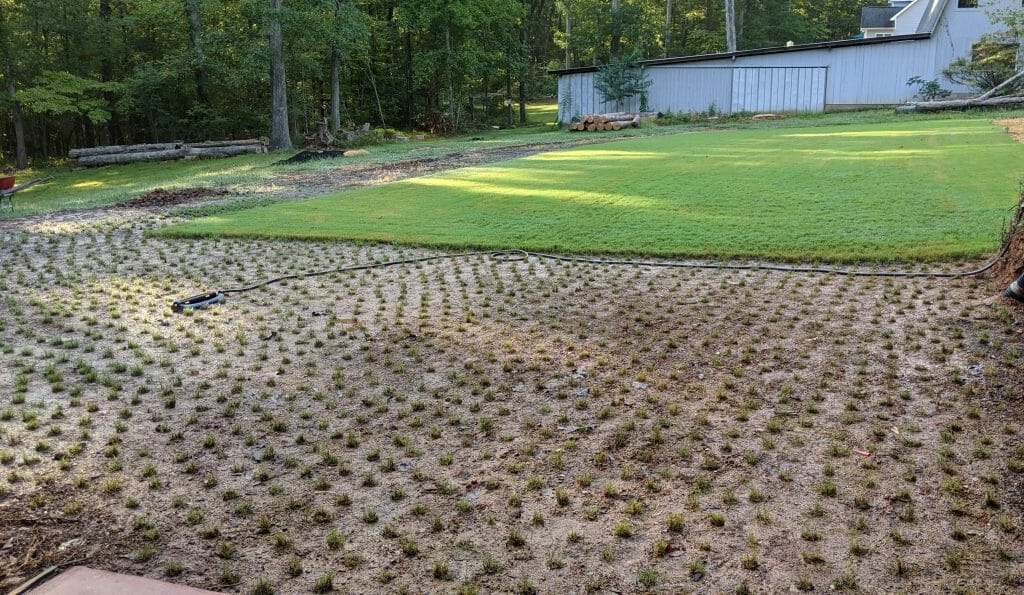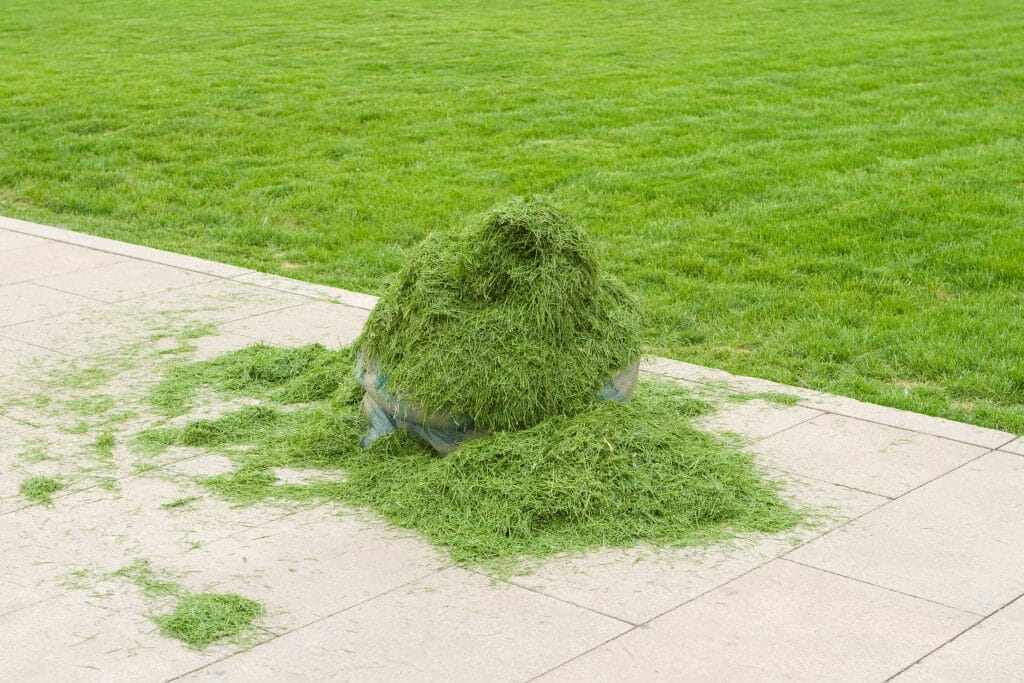
When it comes to herbicides, atrazine and simazine are two of the most popular options. But what’s the difference between them?
The difference between atrazine and simazine is that atrazine, which is a water-soluble pesticide with a moderate-to-high runoff, is more easily transported from surface runoff, compared to simazine, which is sediment-bound and doesn’t run off as easily.
Let’s take a closer look at both herbicides and explore their fundamental differences.
What Is The Difference Between Atrazine and Simazine?
Atrazine is a widely used pre-emergent herbicide that prevents weed seeds from sprouting. It’s usually applied to the soil at planting time to control weeds before they cause damage to crops.
Simazine, on the other hand, can also be used as a pre-emergent herbicide but is more commonly used as a post-emergent herbicide. It attacks the roots and leaves of weeds, killing them after they have grown above the soil surface. Simazine is typically applied at the beginning of the growing season to control weeds that have already germinated.
When it comes to effectiveness at controlling specific weed species, atrazine is often the more practical option at controlling annual grasses and broadleaf weeds. Simazine, however, is better at controlling perennial weed species.
The two herbicides also differ in terms of their toxicity levels. Atrazine is toxic to certain aquatic organisms at concentrations as low as 0.1 parts per million (ppm), while simazine is considered to be slightly less toxic at concentrations of up to 1.0 ppm.
Finally, atrazine and simazine also differ in terms of their persistence in the environment. Atrazine has a relatively short half-life of about 17 days, which breaks down quickly into harmless components. Simazine, on the other hand, has a much longer half-life of up to 20 weeks and can persist in the environment for a much longer period of time.

When To Use Atrazine
In my opinion, Atrazine is best used for broadleaves prevention. Atrazine may not be as effective if you are dealing with perennial weeds.
When To Use Simazine
Simazine, however, should be used for grass. Both atrazine and simazine are root absorbed, which means you’ll get optimal results at or below germination level to control the weeds.
Restrictions
Atrazine
Atrazine is not banned in the US, but it is subject to restrictions. The Environmental Protection Agency (EPA) has set a limit of atrazine in drinking water at 3 parts per billion (ppb). The EPA also sets restrictions on the amount of atrazine that can be used in certain areas, such as forestry and urban areas.
Simazine
Simazine is not banned at the federal level in the US, but it is subject to some local restrictions. The state of California has imposed a limit of 0.5 ppm for simazine in drinking water, and some states have even banned its use entirely.
How Long Does Simazine Last in the Soil?
Simazine can remain in the soil for several months at a time, depending on environmental factors like temperature, rainfall and pH levels. The herbicide has a half-life of 11 to 83 days in soil conditions and can last up to 5 or 6 weeks at lower temperatures.
How Long Does Atrazine Last in the Soil?
Atrazine has a shorter half-life than simazine and typically breaks down within 17 days in soil. In some cases, atrazine can remain in the soil for up to 6 weeks, but it takes around 15-20 days to begin to take effect.

Frequently Asked Questions:
Is Simazine a systemic herbicide?
Yes, simazine is a systemic herbicide. It is absorbed by plants and redistributed throughout the tissue, making it effective at controlling weeds at low concentrations.
Is atrazine still in use today in the US?
Yes, atrazine is still in use today in the US. It is primarily used to control broadleaf and grassy weeds in corn, sorghum, and sugarcane fields. However, atrazine has been linked to health and environmental concerns, which may limit its usage in the future.
Conclusion
The main difference between atrazine and simazine is the weed species they are best at controlling. Atrazine is typically used at the beginning of the growing season to control annual grasses and broadleaf weeds, while simazine is better at controlling perennial weed species.
In terms of toxicity levels and persistence, atrazine has a lower toxicity level than simazine and breaks down more quickly in the environment.
Both are important herbicides, but the difference is atrazine is highly water-soluble, and simazine is weakly soluble. This means the more water-soluble atrazine, will runoff more than simazine – which is a problem if it’s running into nearby waters, etc.


